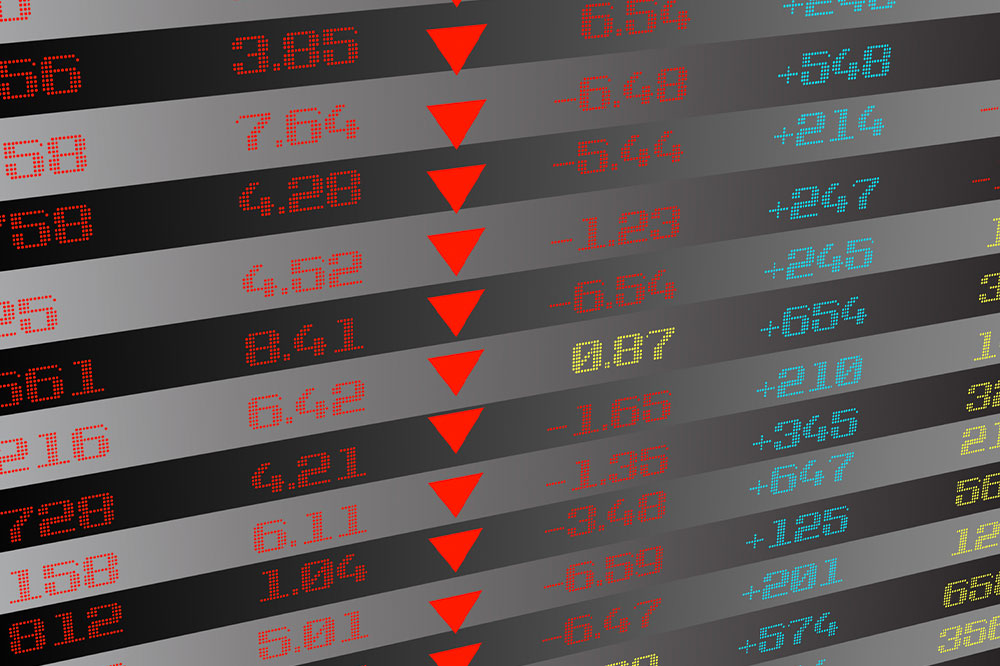Comprehensive Guide to High-Yield Dividend ETFs for Income-Focused Investors
This comprehensive article explores high-yield dividend ETFs, highlighting top funds suitable for income-focused investors. It covers ETF characteristics, choosing strategies, and key factors to consider for building a reliable income stream through diversified, large-cap, tech, renewable energy, and small-cap dividend-focused exchange-traded funds.

Investors aiming for steady income often turn to dividend-focused exchange-traded funds (ETFs) as an effective strategy to diversify their portfolios while securing reliable cash flow. These ETFs primarily include large-cap, well-established companies with a history of increasing dividends, often referred to as blue-chip firms. By investing in dividend ETFs, income-oriented investors can benefit from consistent dividend payments, market stability, and sector diversification. Such funds exclude risky inverse or leveraged ETFs, thus emphasizing stable income generation across various industries and global markets.
Dividend ETFs have gained popularity due to their ability to combine the benefits of stock ownership with the potential for dividend income. They are suitable for cautious investors seeking capital preservation and steady income, as well as for those with a balanced approach toward risk management. These funds are particularly attractive in low-interest environments where traditional fixed-income securities may offer limited yields. As a result, ETF investors can enjoy a diversified basket of dividend-paying stocks, reducing individual stock risk while aiming for consistent returns.
Multiple factors influence the selection of a dividend ETF, including dividend yield, expense ratio, liquidity, and the underlying investment strategy. While higher yields can boost income, they may also involve additional risk or sector concentration. Therefore, a comprehensive understanding of each ETF’s holdings, risk profile, and compatibility with personal investment objectives is crucial for long-term success. Let’s explore some of the top high-yield dividend ETFs available in the market today.
Below are some leading high-dividend ETFs that investors should consider:
Fidelity NASDAQ Composite Index ETF (ONEQ)
Managed by Fidelity Investments, the ONEQ ETF offers a balanced exposure to a wide array of U.S. stocks, combining both growth and value strategies across various market capitalizations. This fund has a relatively low expense ratio of 0.21%, making it cost-effective for long-term investors. The ETF boasts an average annual dividend yield of 1.79%, providing a modest income stream while offering broad market exposure. With an average daily trading volume of approximately 37,090 shares and total assets under management of around $2.49 billion, ONEQ offers liquidity and stability suitable for dividend-focused portfolios.
First Trust NASDAQ Technology Dividend ETF (TDIV)
The TDIV ETF emphasizes large-cap U.S. technology companies paying consistent dividends. Its annual dividend yield stands at an attractive 2.19%, appealing to investors seeking growth coupled with income. With an expense ratio of 0.50%, the fund balances cost efficiency with sector specialization. Its average trading volume of roughly 94,000 shares ensures sufficient liquidity for active investors. Managing approximately $1.2 billion in assets, TDIV provides exposure to a vital and innovative sector, aligning with investors looking for dividends from leading tech giants.
Global X YieldCo ETF (YLCO)
Focusing on the renewable energy sector, YLCO invests in global yield-focused companies involved in hydroelectric, wind, solar, and geothermal energy. This ETF offers a higher dividend yield of 2.85%, with an expense ratio of 0.65%. It manages around $37 million in assets and primarily invests across multi-cap companies using a blended value and growth investment strategy. The fund appeals to environmentally conscious investors seeking both dividend income and exposure to the fast-growing renewable energy industry.
WisdomTree U.S. SmallCap Dividend ETF (DES)
This ETF tracks the SmallCap Dividend Index, comprising smaller companies in the lowest 25% by market capitalization. It provides an annual dividend yield of 2.57%, making it an attractive choice for investors looking to diversify their dividend income sources beyond large caps. The expense ratio is relatively low at 0.38%, and the fund offers broad exposure across small and large-cap stocks. By investing in DES, investors can access a diversified portfolio of dividend-paying companies across various sectors, capturing growth opportunities in smaller firms while generating reliable income.
When selecting a dividend ETF, it is essential to consider your risk tolerance, investment horizon, and income needs. While higher yields may seem enticing, diversification and quality of underlying assets are vital to maintaining long-term financial health. Regularly reviewing fund holdings, sector allocations, and expense ratios can help investors optimize their dividend income streams and achieve financial stability.
In conclusion, dividend ETFs provide a versatile and effective way to produce income, especially in a low-interest-rate environment. By understanding their structure, benefits, and risks, investors can select suitable funds aligned with their financial goals and risk preferences. Whether seeking growth, income, or a combination of both, dividend ETFs offer a broad spectrum of options to build a resilient and income-generating investment portfolio.





